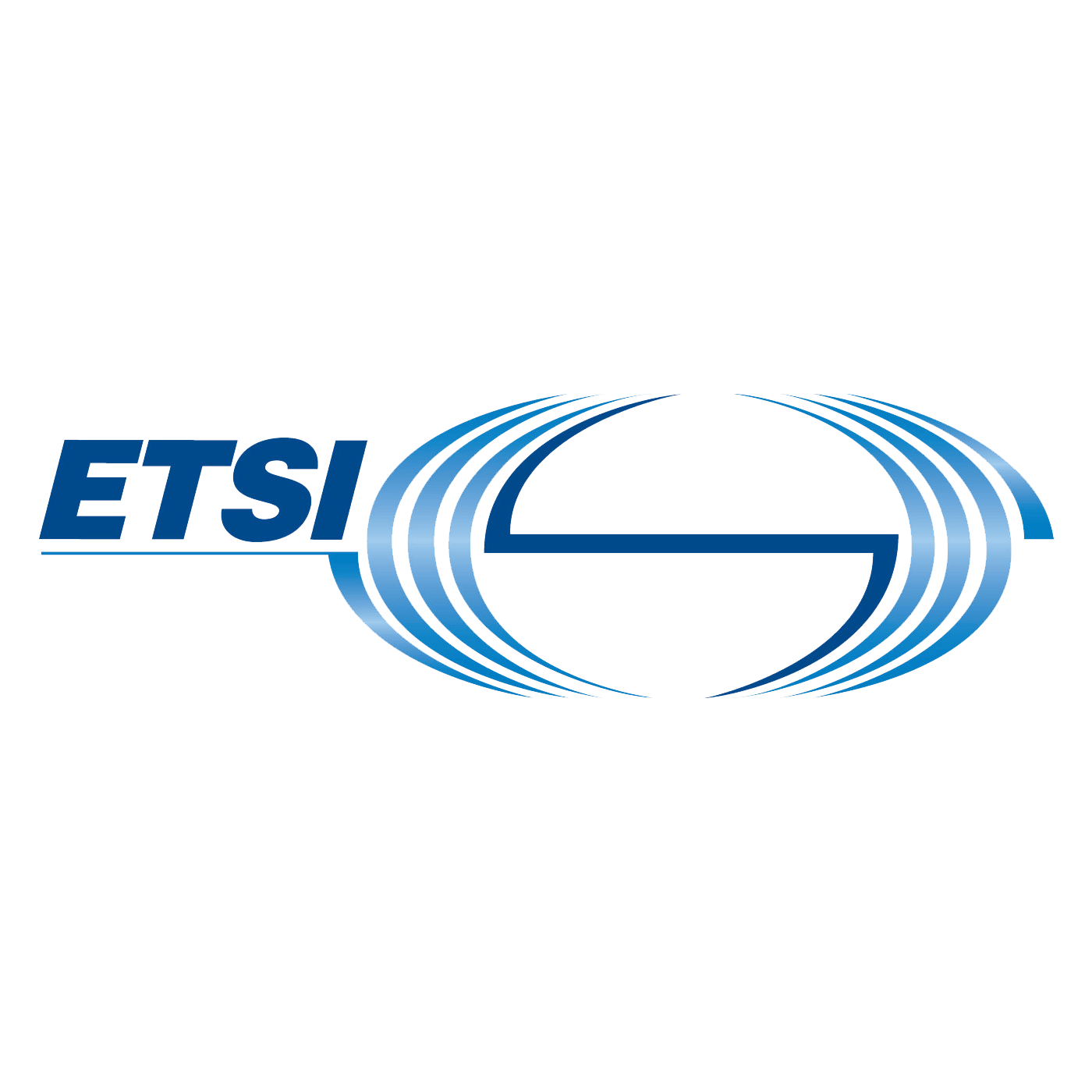ETSI NFV
ETSI NFV (Network Functions Virtualization) is a conceptual framework proposed by the European Telecommunications Standards Institute. It aims to transform the way network services are deployed on telecommunication networks by utilizing standard IT virtualization technology.

Definition and purpose
The purpose of ETSI NFV is to decouple network functions from dedicated hardware devices and allow them to run in software. This transformation enables greater flexibility, reduces the time to market for new services, decreases operational costs, and allows for automated and dynamic network configurations.
Governing Body
The ETSI NFV framework is developed and maintained by the European Telecommunications Standards Institute (ETSI), a recognized standardization organization in Europe.
Last updated
ETSI NFV standards are regularly updated to reflect technological advancements and industry feedback. The ETSI NFV Industry Specification Group (ISG) has released multiple versions of its specifications, most recently in October 2023.
Applies to
The ETSI NFV framework is primarily targeted at telecommunication service providers. However, it also has implications for vendors of telecommunications equipment, IT infrastructure providers, and software developers who are engaged in the telecommunications ecosystem.
Controls and requirements
The ETSI NFV framework includes several key documents that outline various aspects of the NFV architecture:
- NFV Infrastructure (NFVI): Details the hardware and virtualized resources, as well as the virtualization layer that supports virtualized network functions (VNFs).
- Management and Orchestration (MANO): Describes the orchestration and lifecycle management of physical and virtual resources, VNFs, and network services.
- VNFs: Defines the software implementation of network functions that can be deployed on the NFVI.
- Network Services (NSs): Specifies the composition of VNFs and other required components to create end-to-end network services.
- Interoperability and Performance: Sets guidelines for ensuring that NFV elements from different vendors can work together and meet performance requirements.
Please refer to the official ESTI NFV committee page for details on controls and requirements.
Audit type, frequency, and duration
Audits related to NFV may include conformance to ETSI standards, interoperability testing, and performance benchmarking. These are often conducted by internal quality assurance teams or through third-party testing organizations. Audits could be triggered by new releases of NFV components, periodic compliance checks, or major system updates.
The duration of an NFV audit or assessment varies depending on the scope, complexity, and number of VNFs and NFVI components being evaluated.